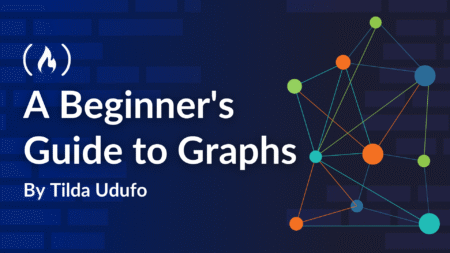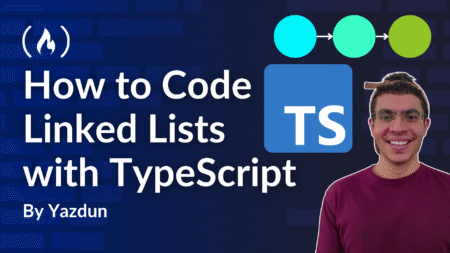Generative AI is a rapidly evolving field, and understanding its key terminologies is crucial for anyone seeking to navigate this exciting landscape. This blog post will serve as a comprehensive guide, breaking down essential concepts like Large Language Models (LLMs), prompt engineering, embeddings, fine-tuning, and more.
The Foundation of Generative AI
Generative AI, as the name suggests, focuses on the creation of new content. Unlike traditional AI systems that primarily analyze and react to existing data, Generative AI empowers machines to generate original outputs, such as text, images, music, and even code. This capability stems from sophisticated algorithms that learn patterns and relationships within massive datasets, enabling them to produce novel and creative content.
At the heart of many Generative AI systems lie Large Language Models (LLMs). These are sophisticated AI models trained on vast amounts of text and code, allowing them to understand, generate, and translate human language. LLMs possess remarkable capabilities, including:
- Generating human-like text: Crafting stories, articles, poems, and even code.
- Translating languages: Accurately translating text between different languages.
- Answering questions: Providing comprehensive and informative responses to a wide range of inquiries.
- Summarizing text: Condensing lengthy documents into concise summaries.
Prompt Engineering: Guiding the AI
Prompt engineering is the art of crafting effective prompts to elicit the desired output from an LLM. The quality of the prompt significantly influences the quality of the generated content. Key elements of effective prompt engineering include:
- Clarity and Specificity: Clearly define the desired output and provide specific instructions. For example, instead of asking “Write a story,” try “Write a short science fiction story about a robot who falls in love with a human.”
- Contextual Information: Provide relevant context to guide the LLM’s understanding. For instance, when requesting a poem, specify the desired style (e.g., haiku, sonnet) or theme.
- Constraints and Parameters: Define constraints such as length, tone, or style to guide the LLM’s output. For example, you might specify a word limit or request a humorous tone.
- Iterative Refinement: Continuously refine your prompts based on the LLM’s output. Experiment with different phrasing and parameters to achieve the desired results.
Example:
Initial Prompt: “Write about a dog.”
Refined Prompt: “Write a short story about a mischievous golden retriever puppy who loves to chase squirrels in the park. Describe the puppy’s playful antics in vivid detail using sensory language.”
Embeddings: Representing Meaning in a Numerical Space
Embeddings are numerical representations of words, phrases, or even entire documents. They capture the semantic meaning of these entities by mapping them into a high-dimensional vector space. Words with similar meanings are placed closer together in this space, while dissimilar words are located further apart.
Embeddings are crucial for various Generative AI applications, including:
- Improving search results: By understanding the semantic meaning of search queries, embeddings enable more accurate and relevant search results.
- Recommendation systems: By analyzing user preferences and item characteristics, embeddings can recommend relevant products, movies, or music.
- Topic modeling: By identifying groups of words with similar meanings, embeddings can help identify the main topics or themes within a collection of documents.
Example:
Consider the words “cat,” “dog,” and “car.” In an embedding space, “cat” and “dog” might be located closer together due to their shared semantic relationship as animals, while “car” would be located further away.
Fine-Tuning: Tailoring LLMs to Specific Tasks
Fine-tuning involves adapting a pre-trained LLM to a specific task or domain. This process involves training the model on a smaller, more specialized dataset relevant to the target application. Fine-tuning allows LLMs to:
- Improve performance on specific tasks: Enhance the model’s accuracy and efficiency for tasks such as question answering, text summarization, and sentiment analysis.
- Reduce bias and hallucinations: Mitigate potential biases and reduce the likelihood of the model generating inaccurate or nonsensical outputs.
- Customize the model’s behavior: Tailor the model’s responses to specific requirements, such as maintaining a particular tone or style.
Example:
A general-purpose LLM can be fine-tuned on a dataset of medical articles to create a specialized model for answering medical questions accurately.
A Summary of Key Terminologies
- Generative AI: AI systems that can create new content, such as text, images, and music.
- Large Language Models (LLMs): Sophisticated AI models trained on massive amounts of text and code, enabling them to understand and generate human language.
- Prompt Engineering: The art of crafting effective prompts to guide LLMs and elicit the desired output.
- Embeddings: Numerical representations of words, phrases, or documents that capture their semantic meaning.
- Fine-tuning: The process of adapting a pre-trained LLM to a specific task or domain.
Conclusion
Understanding these key terminologies is crucial for anyone seeking to navigate the rapidly evolving landscape of Generative AI. As this field continues to advance, mastering these concepts will be essential for unlocking the full potential of these powerful technologies and harnessing their transformative capabilities across various domains.
This blog post has provided a foundational understanding of key Generative AI terminologies. By exploring these concepts further and experimenting with different techniques, you can gain a deeper appreciation for the power and potential of Generative AI.
Source: Read MoreÂ




